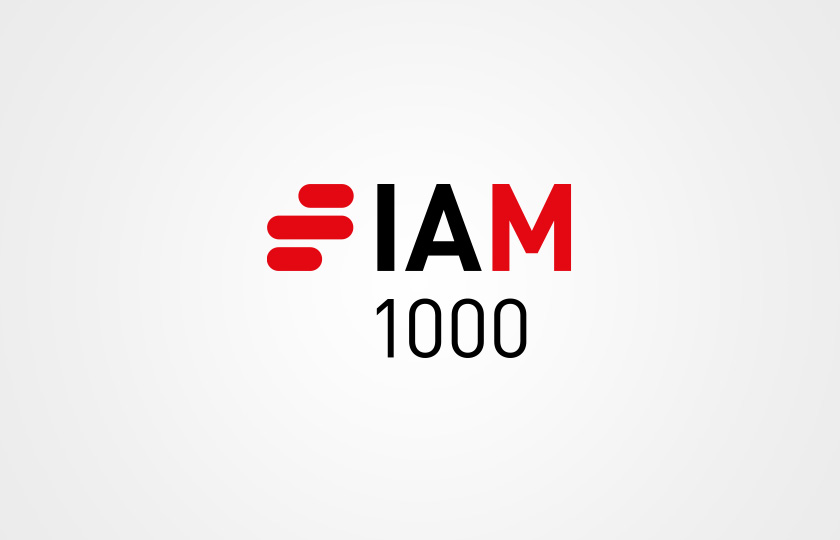
Sep 24, 2018
Registering Your Products on Amazon: Practical Trademark Considerations
In order to better regulate the products sold on its platform and prevent illegal activities, Amazon has set up a trademark registry known as the Amazon Brand Registry.
In recent years, Amazon has become an important sales platform for the vast majority of companies involved in product sales. However, Amazon, like other virtual platforms, has often been criticized for being a convenient place to sell counterfeit products or products violating trademark rights. In order to better regulate the products sold and prevent illegal activities, Amazon has set up a trademark registry known as the Amazon Brand Registry (the "Registry").
While it has not yet been effective in completely deterring illegal activities, it is an additional tool that can be used to monitor trademark use.
The Registry system enables trademark owners to register their trademarks directly with Amazon. This allows trademark owners to better control the overall presentation of their products. It also gives them access to tools that facilitate the identification of—and speed the removal of — product advertisements that violate their trademark rights.
The Registry application process is entirely completed online. Owners must first indicate whether their trademark is nominative or figurative. It should be noted that figurative trademarks must comprise a nominative element in order to be accepted. Thus, trademarks that only consist of a logo, with no words, are not accepted. Next, images of the product, the packaging and the logo, if any, are required. The trademark should be predominantly displayed in these images. Finally, it is necessary to provide additional information concerning the characteristics of the product in question, including any related product categories and the countries of manufacture and distribution.
Owners must also provide their Canadian Intellectual Property Office ("CIPO") registration number. In fact, only registered trademarks can be included in the Registry, which is yet another reason to obtain trademark registrations. The trademark information provided in the Registry must also be in complete conformity with its CIPO registration. For example, a company that uses a logo, but whose trademark has been registered in nominative form in order to obtain a broader scope of protection, will have to apply to the Registry for a nominative trademark — otherwise Amazon will refuse its application for inclusion in the Registry. It is therefore important to properly identify the mark as registered with CIPO and to understand the scope of its protection.
Once the application is completed, Amazon generally sends a verification code to the trademark agent acting for the trademark registration in question, as per CIPO. To ensure that the receipt of this code is not delayed, it is necessary to verify that the right trademark agent appears in CIPO’s database. The agent should also be informed that he/she will be receiving the verification code from Amazon. Upon its receipt, the agent in question must send the code to the person who applied for registration with Amazon. This person must then forward it to Amazon to confirm that he/she is indeed the owner of the trademark registered with CIPO.
The process is fairly simple. Nonetheless, its fluidity depends on the quality of the information provided in the Amazon Registry application. It also depends on subsequent communication between the agent acting for the trademark registration and the person who submitted the application.
As a result, the initial application as well as the trademark management on the Registry may sometime be more laborious than expected. To be noted is the fact that it is possible to add the name of the trademark agent acting for the trademark registration to the Amazon Registry applications. Doing so ensures that this aspect of trademark protection is better controlled and supervised, which aspect can become of significant importance while Amazon sales play a greater role in the company’s business activities.
Companies who hold rights over unregistered trademarks can, of course, still report advertisements that infringe upon their rights. Unfortunately, however, they will be unable to access the rapid reporting system exclusively reserved for Registry users.
Our strategic Web team can advise you on the many legal issues surrounding your business and its presence on the Internet, including its presence on Amazon.
You would also like

BCF is recognized in the 2025 edition of the Chambers Global directory

Canada's Best Managed Companies: BCF Recognized for 17th Consecutive Year























































































